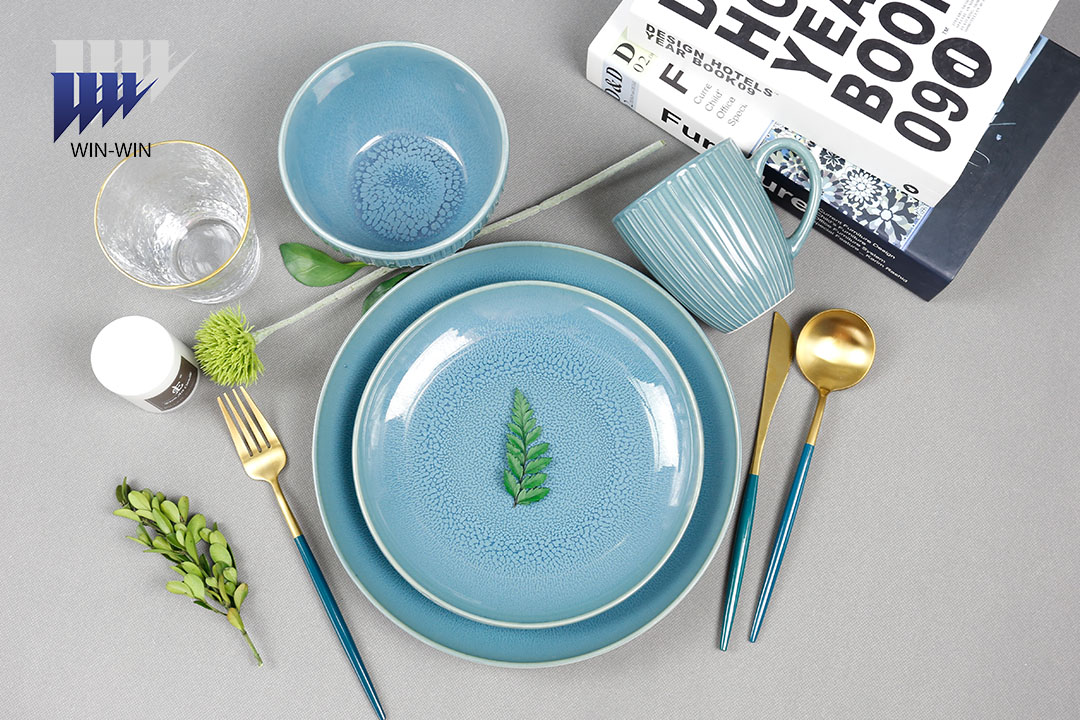1. Practicing mud: Take porcelain stones from the mining area, grind them finely with a water pestle, wash them, remove impurities, and make brick-like mud after precipitation. Then reconcile the mud with water, remove the slag, rub it with your hands, or step on it with your feet to squeeze out the air in the mud and make the moisture in the mud even. the
2. Blank drawing: Throw the mud ball at the center of the turntable of the potter’s wheel, and draw the rough shape of the blank with the flexion and extension of the hand. the
3. Printing blank: the shape of the stamping mold is cut according to the inner arc of the blank, and the semi-dried blank is placed on the mold, and the outer wall of the blank is pressed evenly, and then the mold is demoulded. the
4. Billet sharpening: put the billet on the sharp barrel of the potter’s wheel, turn the wheel, and turn it with a knife to make the billet thickness appropriate and smooth inside and out. This is a process with high technical requirements. the
5. Drying the billet: place the processed billet on a wooden frame to dry. the
6. Engraving: Use bamboo, bone or iron knives to carve patterns on the dried or half-dried body.
7. Glazing: Ordinary round mouth adopts dipping glaze (immerse the billet in the glaze basin, and lift it out immediately when the edge of the mouth is flush with the glaze surface) or swaying glaze (inject the glaze slurry into the billet and shake it, so that the top, bottom, left, and right are evenly glazed, and then quickly Pour off the excess glaze slurry), cutting utensils (relative to “round utensils”, “round utensils” refer to round utensils formed by the drawing method, such as bowls, plates, plates, etc. Utensils with more complicated molding processes, Such as bottles, statues, pots, cans, etc., which are called “cutters”) or large-scale round wares with blown glaze (the method is to cover the bamboo tube with spun yarn, dip it in the glaze and blow it with your mouth, and repeat this many times, and the thickness of the blank surface can be obtained. Uniform glaze layer). the
8. Kiln firing: The time course is about one day and night, and the temperature is about 1300°C. Build the kiln door first, ignite the kiln, the fuel is pine wood, guide the piling technology, measure the fire, grasp the kiln temperature change, and decide the ceasefire time.
9. Colored glaze: On-glaze color such as five-color, pastel, etc., is to draw patterns and fill colors on the glazed surface of the fired porcelain, and then bake it in a red furnace at a low temperature, the temperature is about 700°C–800°C. In addition, before firing the kiln, painting on the plain body of the body, such as blue and white, underglaze red, etc., is called underglaze red, and its characteristic is that the color will never fade under the high-temperature glaze.
Post time: Mar-30-2023







